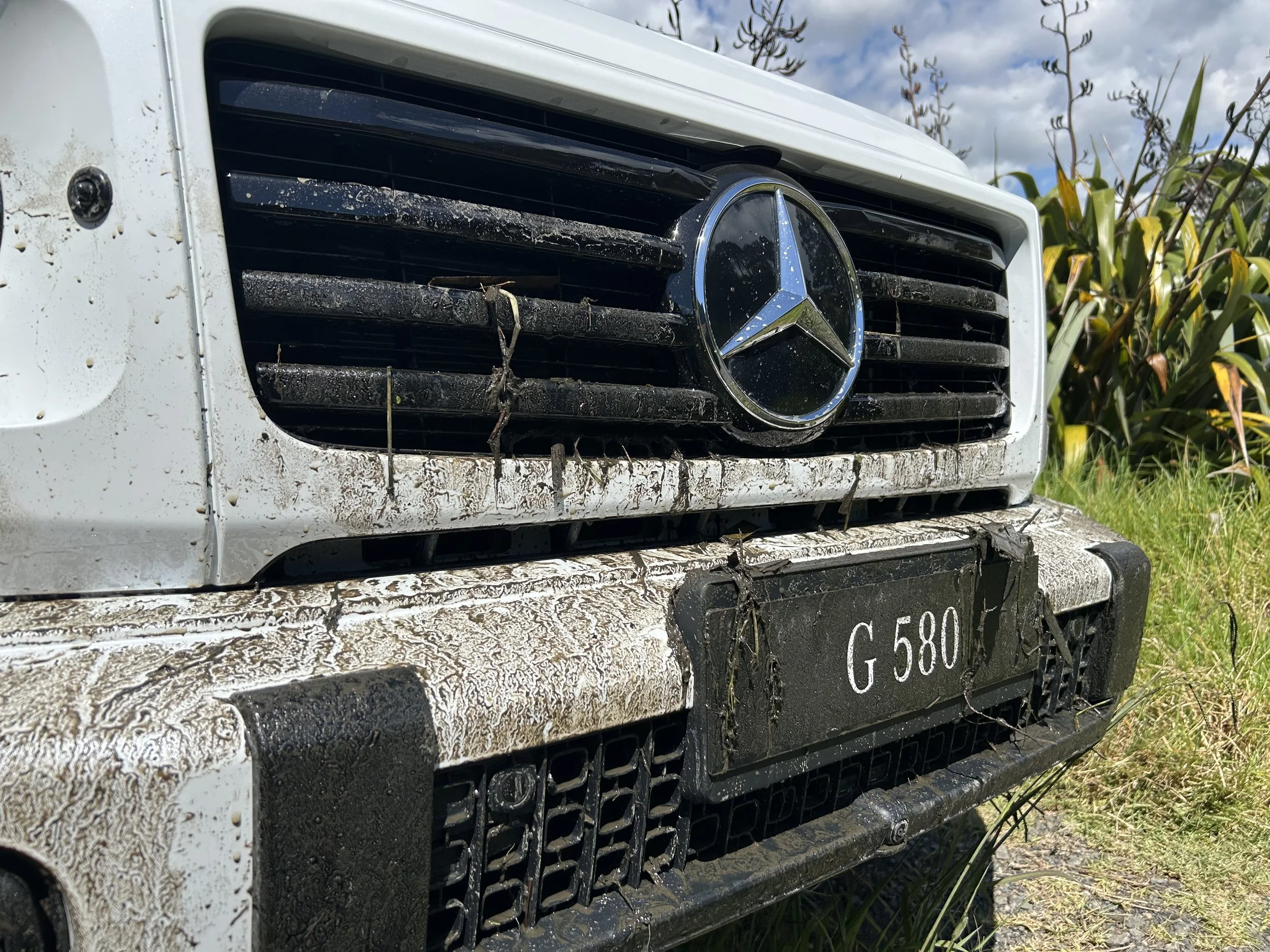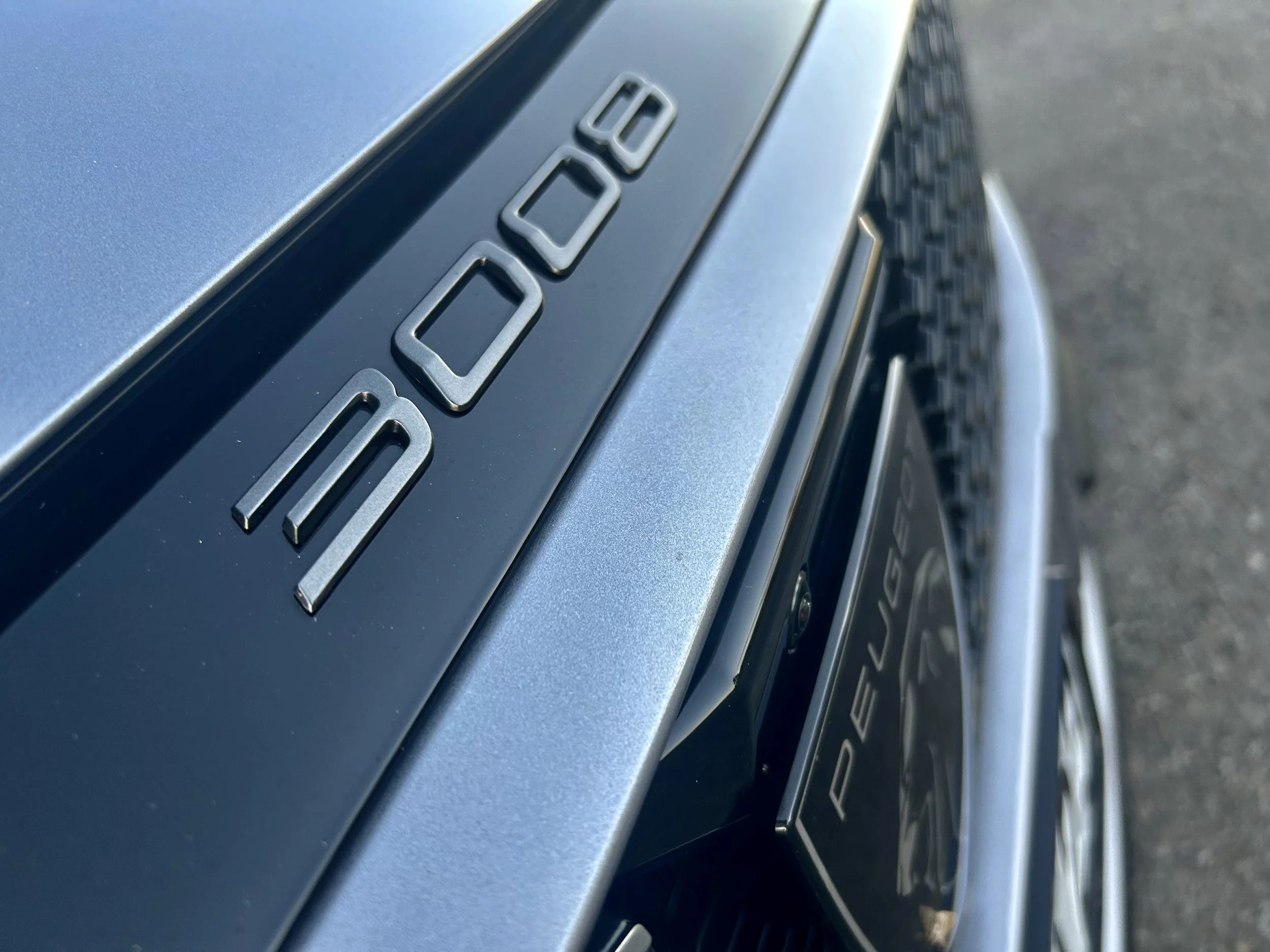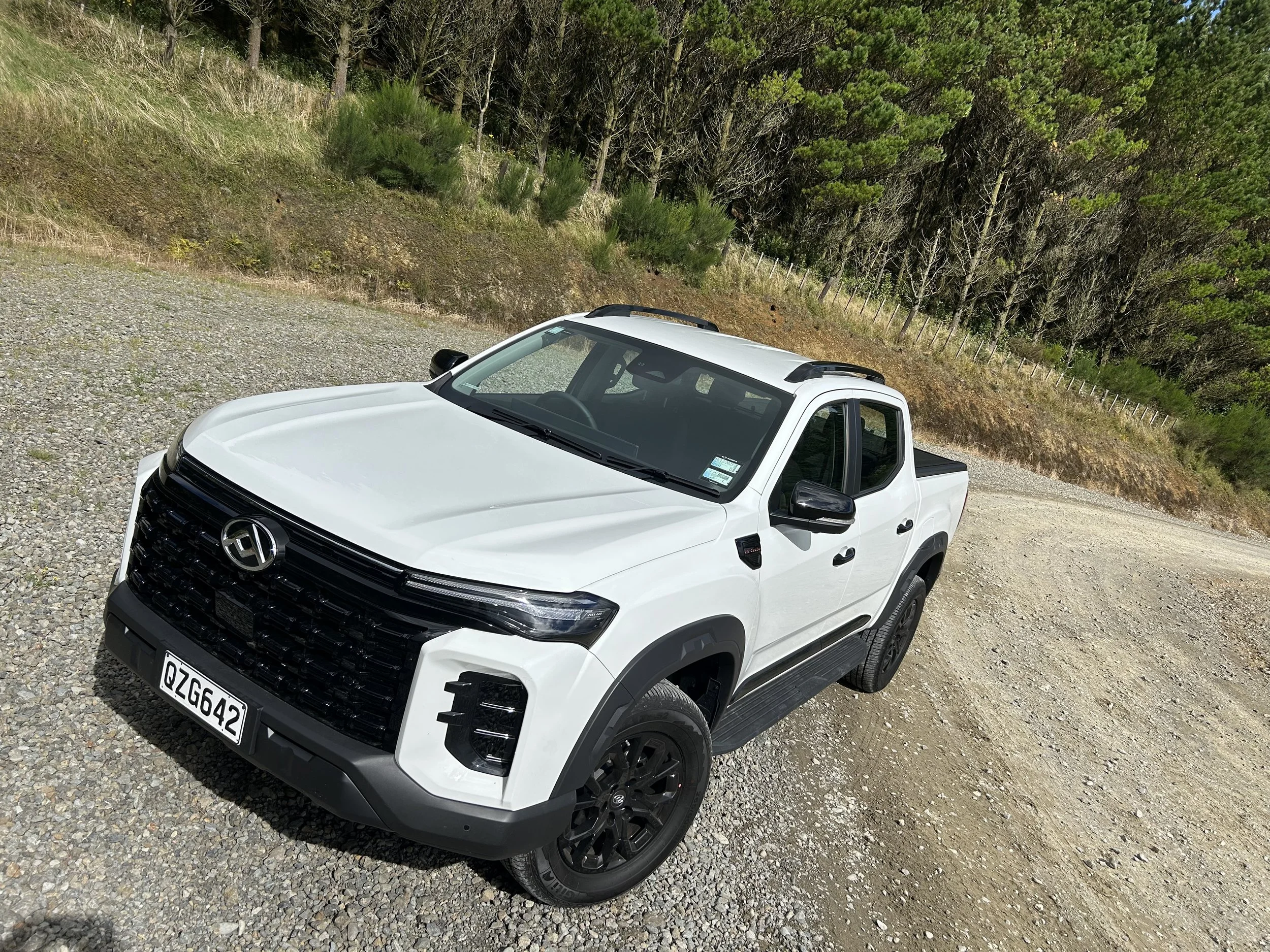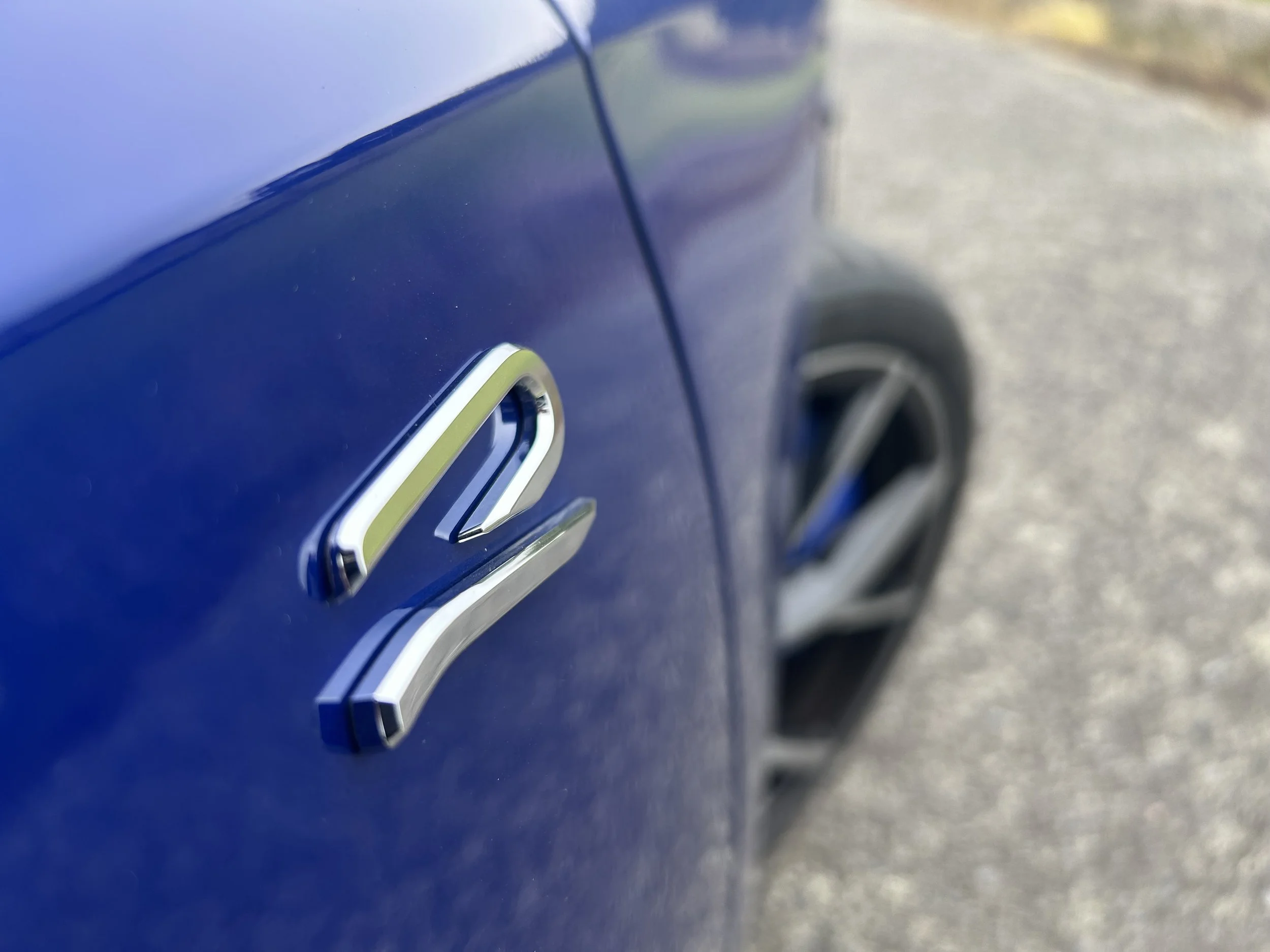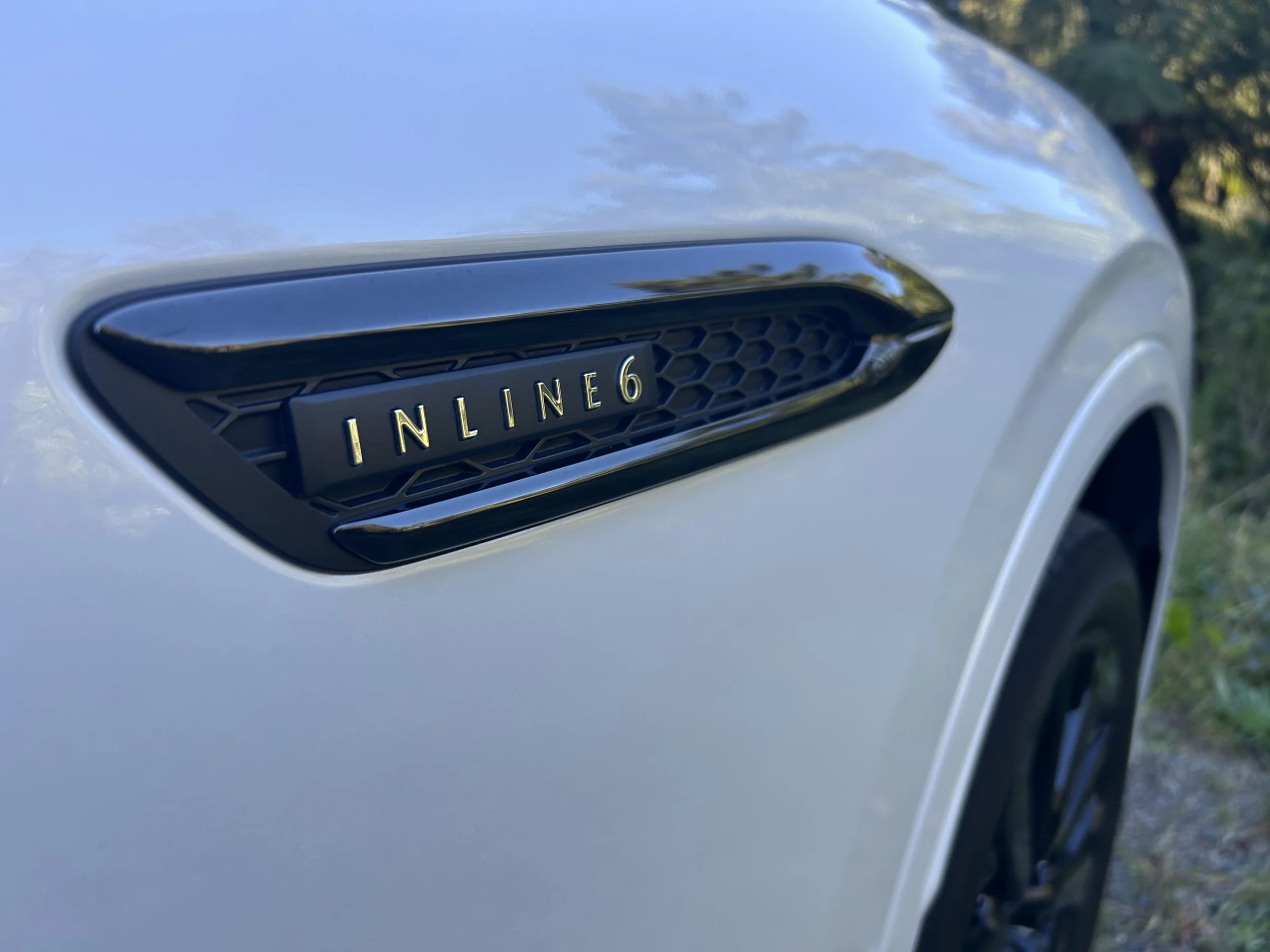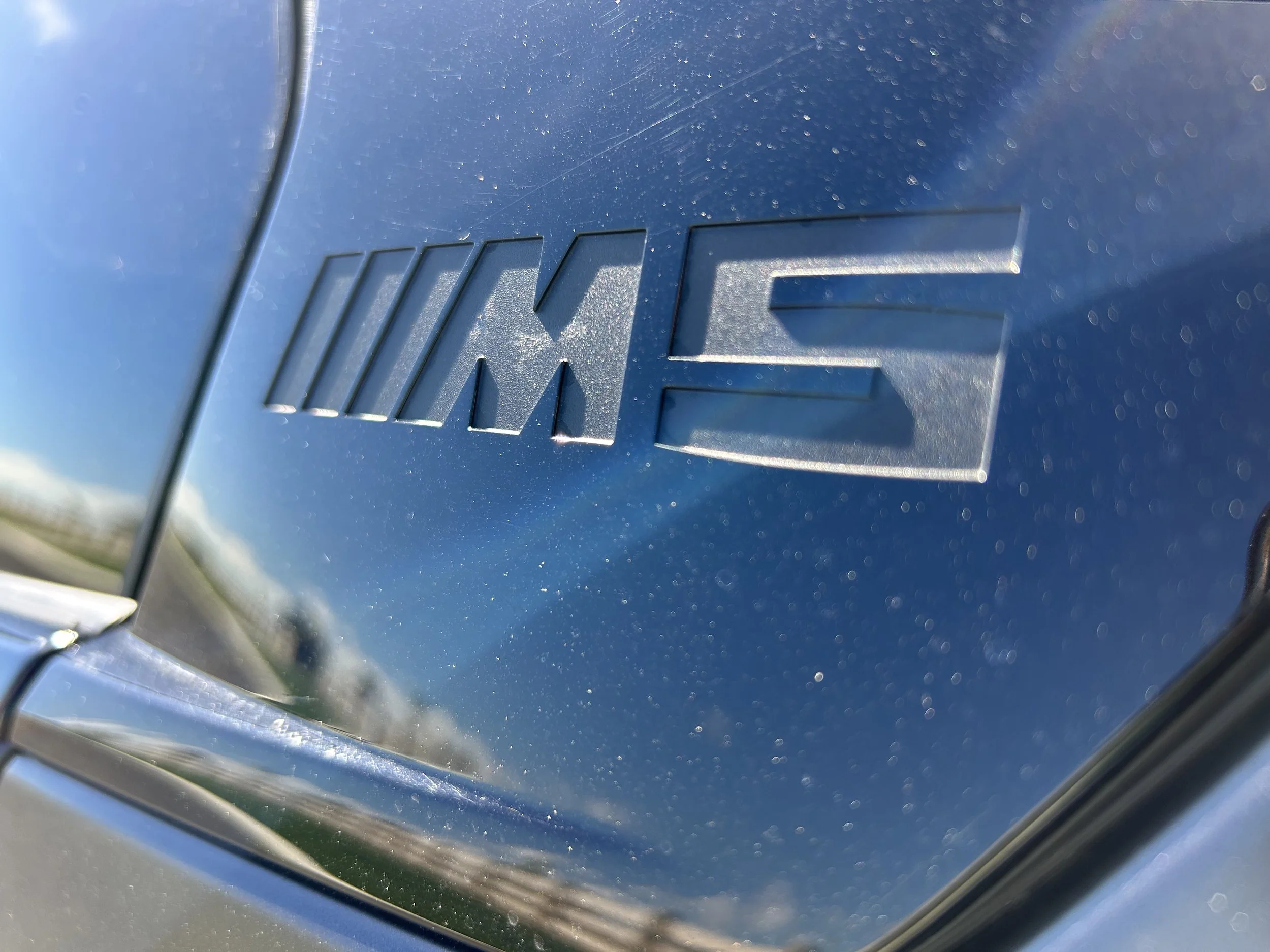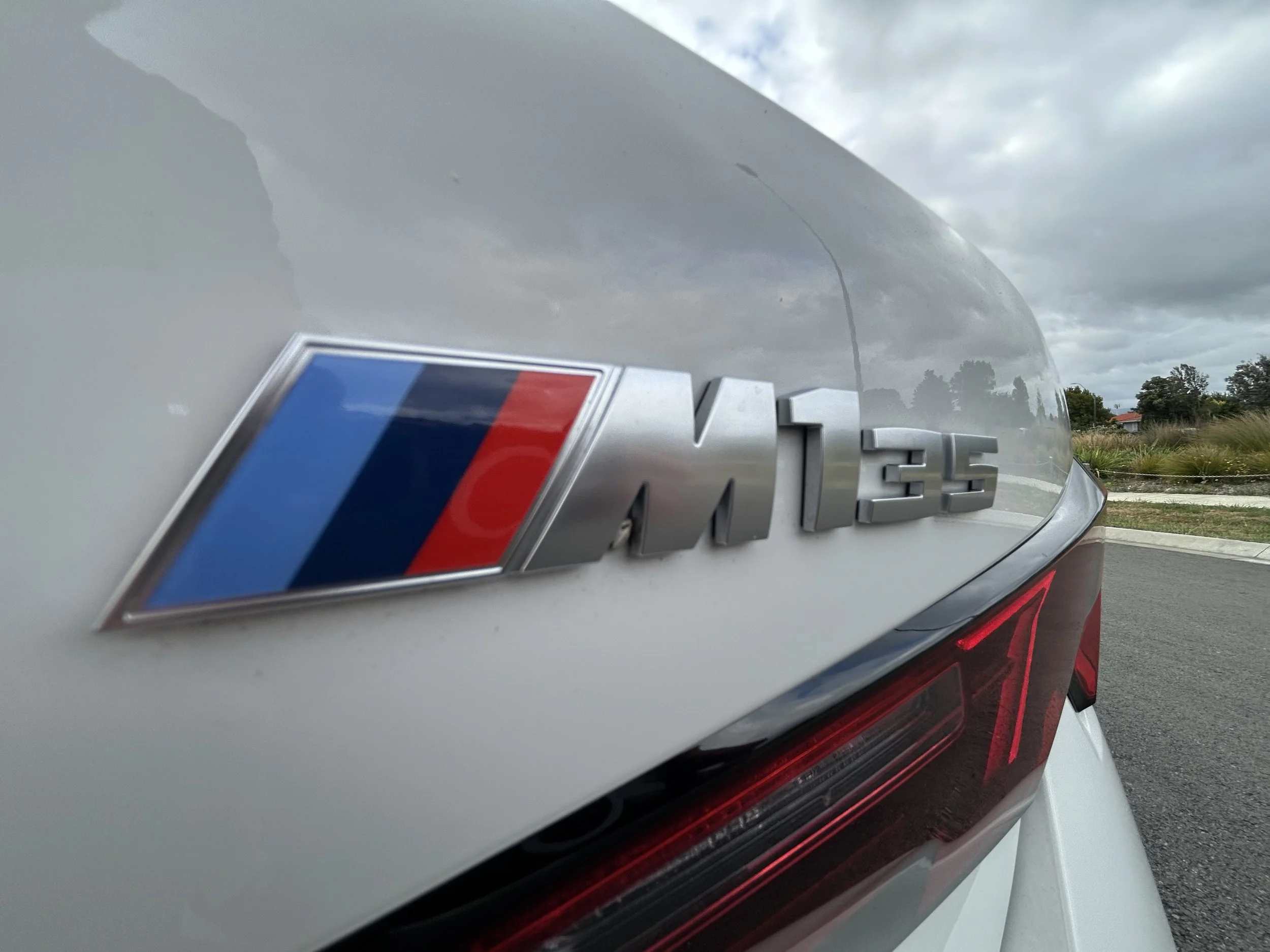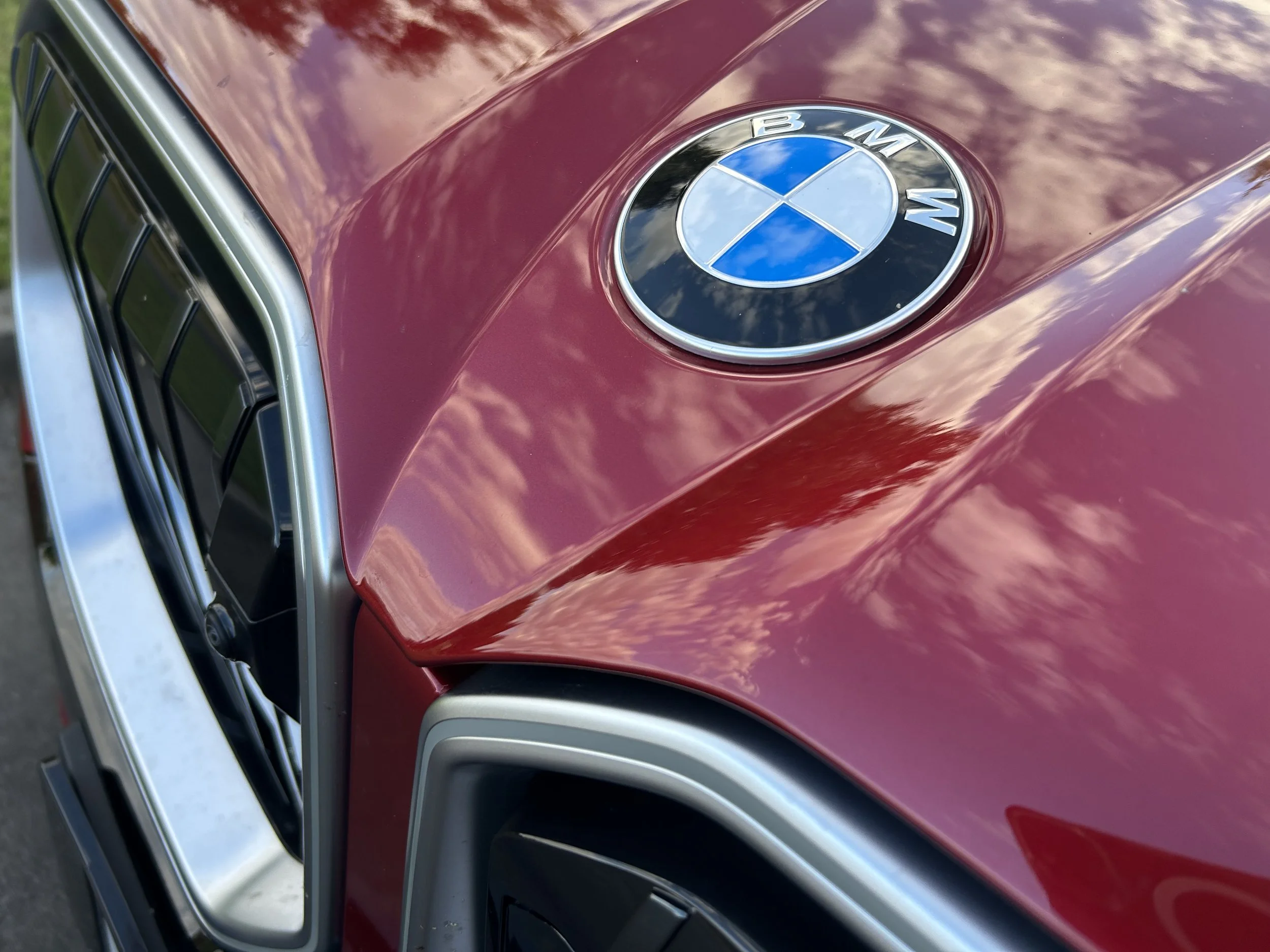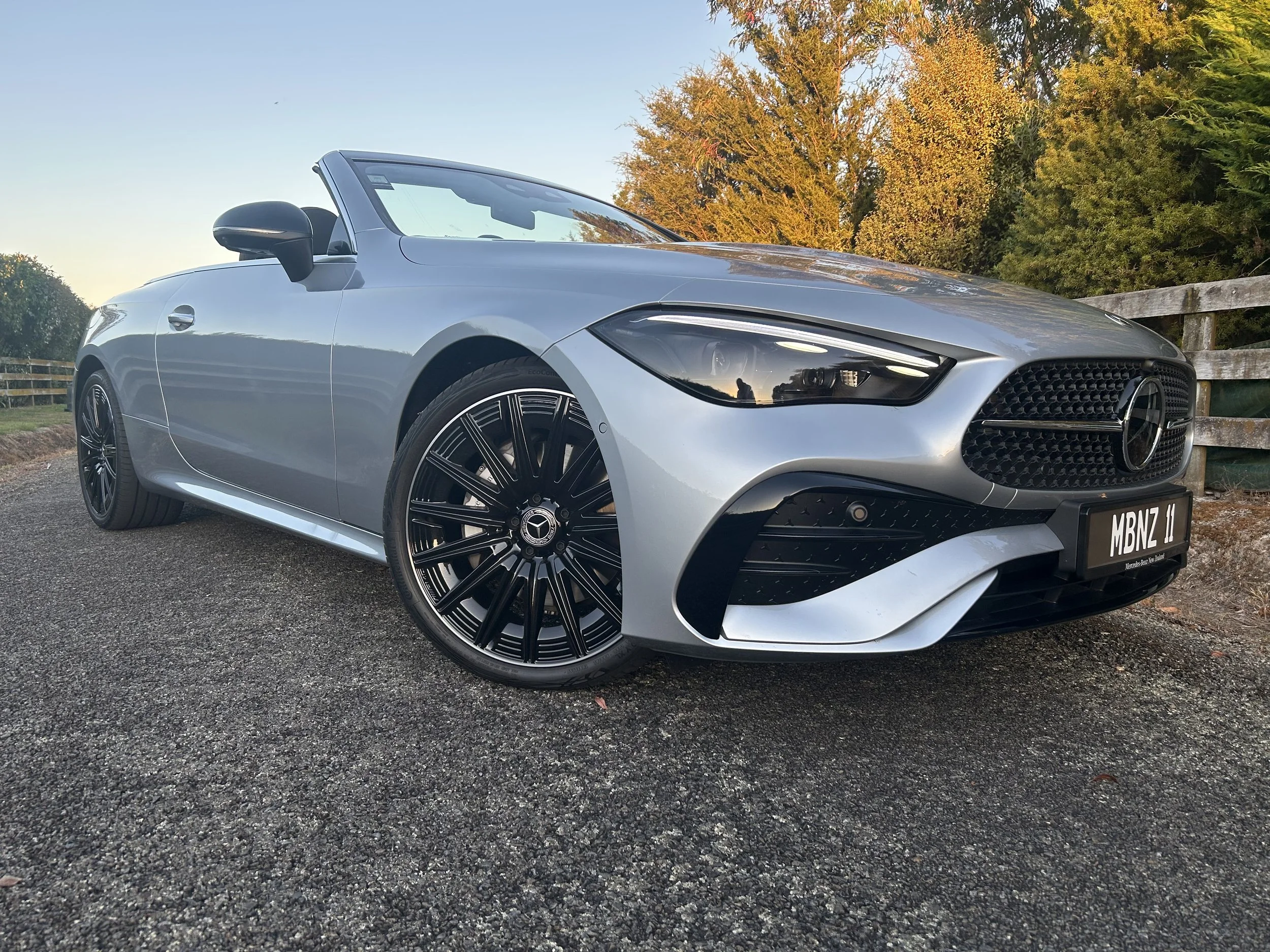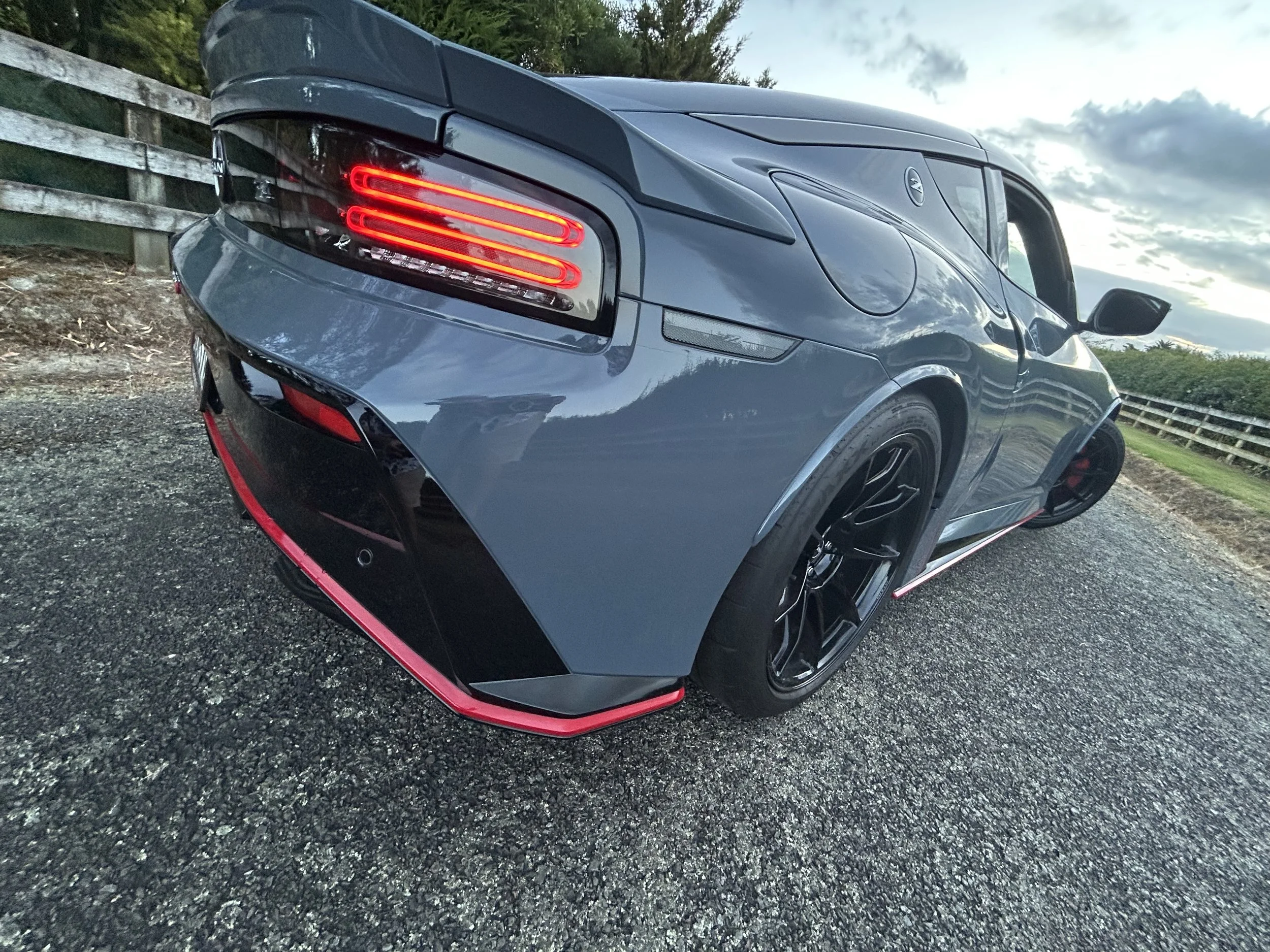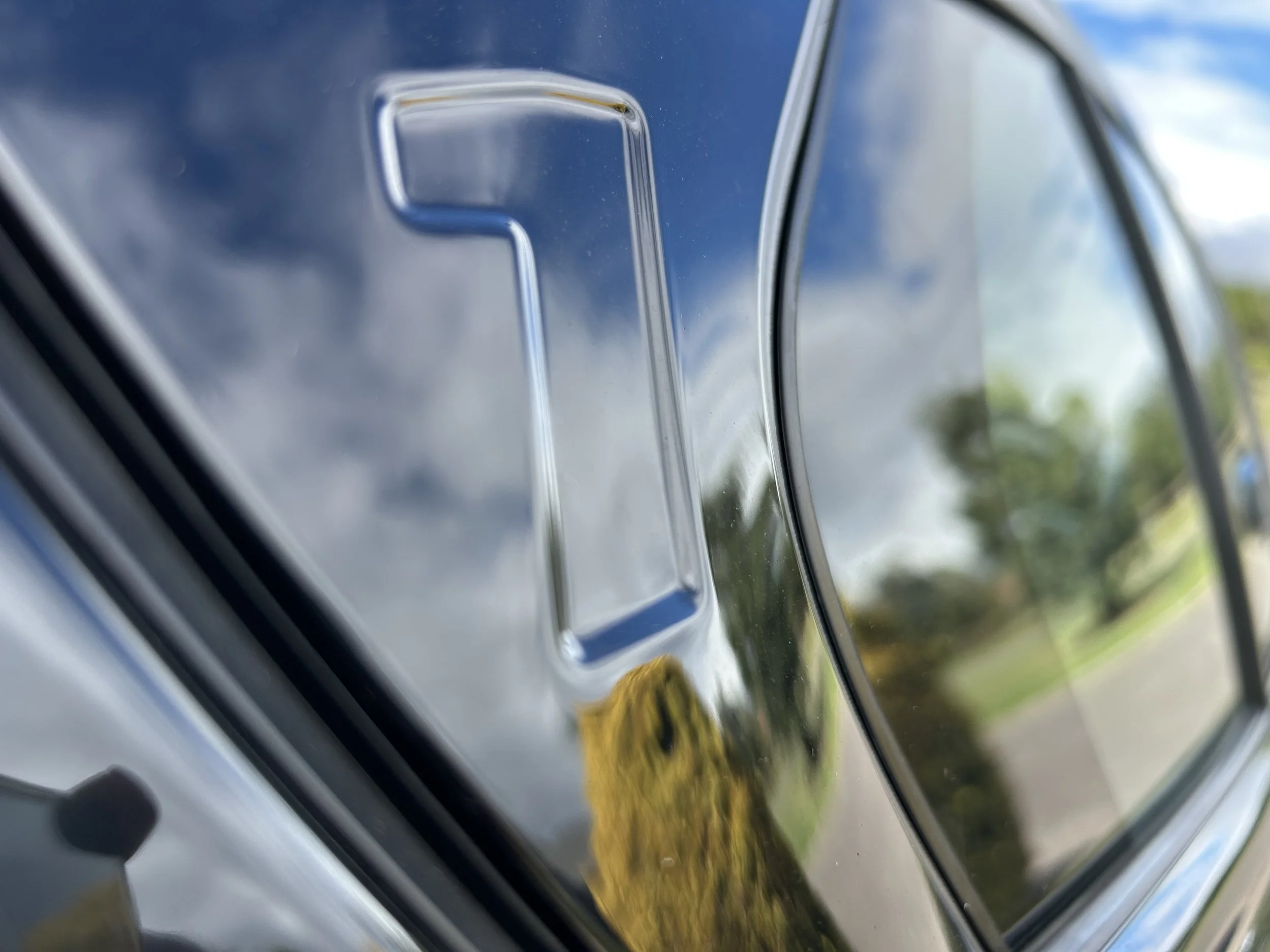Will refresh restore Model Y’s status?
/The world’s most popular electric car has been doing it tough here for the past year.
SHARPLY diminished interest in Tesla’s primary New Zealand market product over the past year raises questions about what a refresh can do to lift interest in the car.
Also being discussed is the potential existing Model Y cars will still be in inventory when a just announced update edition arrives.
Exactly when that is going to happen has yet to be shared by this notoriously tight-lipped make’s regional office in Australia, but media across the Tasman are confident in picking release occurring in June. Where they go, we follow.
Also relevant is that the Shanghai factory that is the sourcing point for all NZ market editions of this sports utility and the sister Model 3 is set to start production in March.
The 2025 ‘Juniper’ car is more of a facelift than a complete redesign, yet a significant frontal styling alternation alone will ensure it will have no trouble from standing out from the current type.
Model Y is the world’s best-selling electric vehicle and ended 2024 holding status as NZ’s most popular battery-dedicated type.
Nonetheless, Tesla’s standings here took a big tumble during a period of hard knocks for all EV distributors.
In accruing just 1287 registrations, against 4907 in 2023, Elon Musk’s marque sustained a 73.8 percent fall in consumer interest - that’s basically lineball with the overall fall in market interest.
It was the second-worst performance decline for any EV-involved brand over the year, with the worst being felt by BYD, which is primary an EV seller but also introduced plug-in hybrid product last year.
That range broadening didn’t help the Chinese provocateur make.
It dropped 73.9 percent, with 969 registrations against 3712 in 2023. Most success in the earlier period went to the Atto3 electric car. In 2024 that model didn’t even make the top 15.
BYD’s lacklustre run in NZ is in sharp contrast to how it has performed in Australia, where it bumped out Tesla to be the year’s big mover.
Telsa’s NZ inventory levels have been subject of much industry speculation; some say it has many unsold cars in several holding yards.
If so, that’s not reflected by the brand’s NZ website, which is advertising a modest count of unsold pre-facelift stock, with discounted prices.
The new car is here initially in two models, one rear-drive, the other a long range all-wheel drive variant, the latter starting with a $10,000 premium over the entry car, which costs from $73,100. Both prices are exclusive of on-roads.
Those new stickers suggest a hefty hike over the existing car, but Tesla pricing is notoriously fluid and the unallocated current cars it has for availability reflect that, with thousands separating individual examples depending on how they are specified.
The cheapest single motor this writer noted was being offered at $61,754; the dearest Model Y identified as brand new and noted without kilometres was a dual motor Performance, for just under $82k.
Last April Tesla reduced pricing, so the base model dropped from $67,900 to $65,900, the Long Range fell to $75,900 and the Performance resided to $86,900. And since its introduction here in 2022 stickers have reduced by more than $10,000. The original price for the cheapest car was $76,200; a Performance kicked in at $108,900.
Colour choice in 2025 runs to white, blue, black, silver or red, none with a price premium, and a black interior is standard, with white leather trim a $1700 option option.
The base specification delivers the car on 20-inch wheels. The entry choice in cheapest format has a WLTP-estimated range of 466km, a claimed 0-100 time of 5.9 seconds and a top speed just above 200kmh.
The Long Range AWD is said to do 551km before exhausting. That enhancement is achieved not by fitting a larger battery, but by improving aerodynamics and reducing brake drag. The AWD also hits 100kmh in 4.3s.
Another Performance model is expected in the future, although has not been confirmed.
The visual changes doesn’t wholly mirror that meted the Model 3 when it underwent a facelift last year, but also takes some cues from Tesla’s most controversial product of the moment, the North America-restricted Cybertruck.
The slimline new front and rear light bars modernise the appearance while improving aerodynamics. The new wheel stylings have also been applauded. The SUV’s silhouette is still frumpy, though.
Most oft heard criticism of the Y has centred on the ride quality being too rigid. Tesla says it has re-tuned the suspension, ostensibly to better handle rough roads. I also cites that this updated Y has the lowest level of brake drag of any Tesla model.
Interior revisions are relatively modest. The car 8.0-inch second-row display that was once a cost extra is standard, as are ventilated front seats. Rear seats achieve electric reclining. The sound system has been improved.
Hear all those signs of relief? It’s from Y fans happy that Tesla has kept an indicator stalk in the car, rather than eradicating as in the Model 3. (Any bets on how long before the sedan quietly gets it back?) Hear those sighs of dismay? Yes, Tesla is still holding back on putting a digital instrument display ahead of the driver.
A new front camera has also been added under the front bumper, to aid in low-speed manoeuvring. It has a wash system. Road noise was another bugbear of the current car. The new is said to be quieter due it receiving acoustic glass. The sunroof is better prepped to withstand UV, which helps the cabin stay cooler.
Both versions comes with basic autopilot included but Tesla’s highly controversial and poorly-named (because it isn’t) ‘full self-driving’ capability remain an $11,400 offer, though under NZ regulations it cannot exert its total capability. It is not clear if that functionality remains tied to the original owner, as it used to be; meaning it disables when onsold.
Tesla also charges $5700 for what it calls Enhanced Autopilot. This comprises Automatic Emergency Braking, Forward Collision Warning, Blind-Spot Collision Warning, and Lane Departure Avoidance. Stuff a lot of price-comparable and even cheaper cars often now include as standard.
As before, Tesla steers away from convention by making its assist systems camera rather than radar based. When autosteer engages, ACC is there to assist in lane changes. Self parking, parallel or perpendicular is part of this package. But cameras are often found wanting in these tasks. Hence why other brand rely foremost on radar.
Last year’s massive drop in EV sales interest caught out all involvers and some are still working to clear out old stock.
Polestar was hurt badly by a sudden cooling triggered by the National-led coalition Government first ending the subsidy for sub-$80,000 EVs, then applying Road User Charge on all EVs, then hiking up ACC levies.
When the subsidy ended, Polestar - which also sources from China, but via a local distributor, Giltraps, rather than as a factory shop -had just introduced an update to its primary car here, the 2, and still had a swag of original format products to shift. The distinction between the two variants was an unusual one - the car switched, on point of its refresh, from front to rear wheel drive. IT also gained grunt and better range.
This week Polestar NZ confirmed it still has 2023 cars to sell. It is offering the standard-range single-motor Polestar 2 for $44,990. That’s a $25,000 discount on its RRP of $69,990, which in itself was a mid-2024 rejig from $79,990, a sticker than in the day earned a $5000 rebate. The latest price excludes on roads but includes a three-year service plan, roadside assist and connectivity.
The Auckland distributor still has excess pre-facelift Long Range, Dual Motor (Pilot) models. These are for $61,990. So also $25k less than the original sticker. The car with a Plus pack is $69,990 now. It was once $95k. The performance version has dropped from $105k to $80k.










